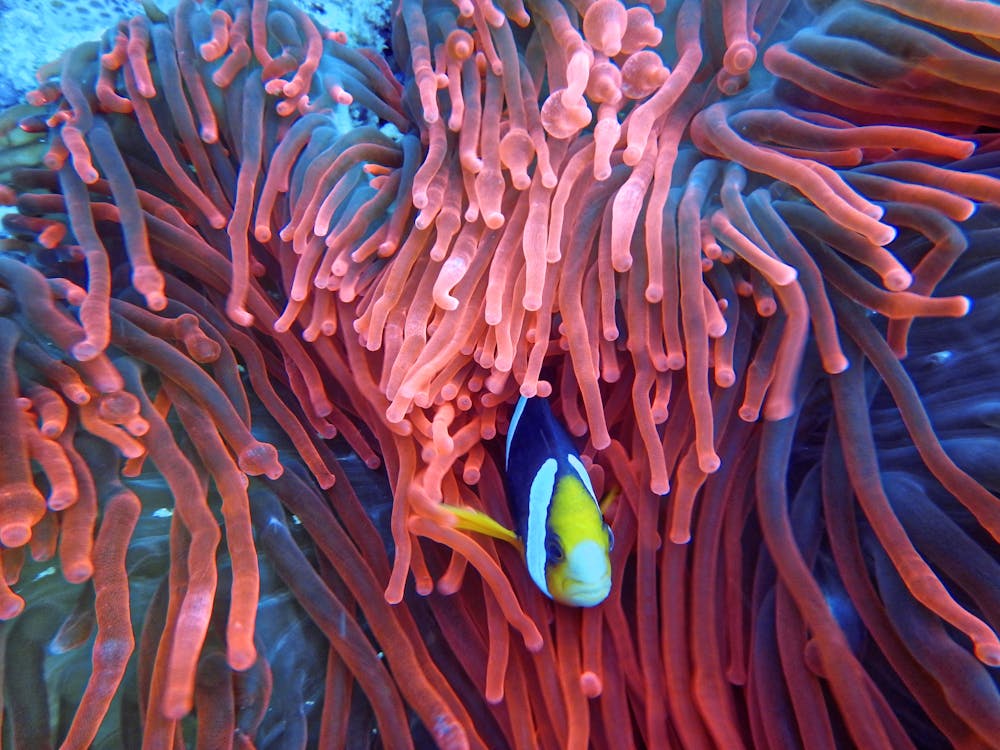Meristematic Tissue (Cells are capable of division)
§ A meristematic tissue (meristics = divisible) is a group of identical cells that are in a continuous state of division
§ Some cells produced by meristematic tissue stop dividing and acquire certain changes (differentiation) to become permanent tissues of the plant
· Based on location on the plant, the meristem is divided into three types:
§ Apical meristem
§ Found at the tips of roots, stem and branches
§ Functions to increase length of these parts
§ Divided into three zones
· Protoderm – form epidermal tissue
· Procambium – form primary vascular tissues
· Ground meristem – form cortex and pith
§ Intercalary meristem
§ Found in the nodal region, prominently in monocotyledons, e.g. grasses.
§ It is derived from the apical meristem
§ Elongates the internodes
§ Lateral meristem
§ Found along the longitudinal axis of stem and root
§ E.g. Vascular cambium and cork cambium (phellogen)
§ Produces secondary permanent tissues
§ Increase thickness of stem and root

References
Evans, W. C. (2009). Trease and Evans Pharmacognosy. India: Reed Elsevier Limited





Leave a Reply